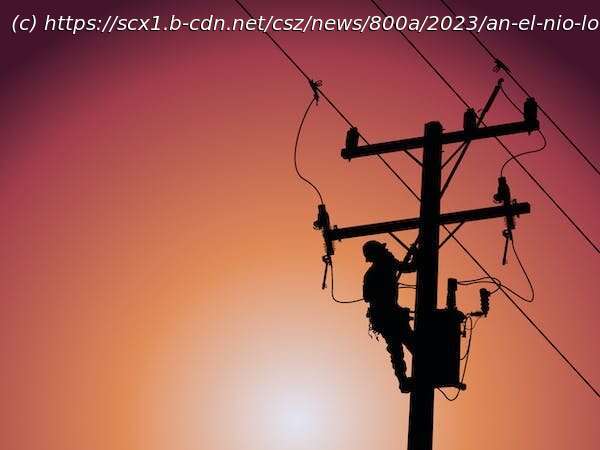The Bureau of Meteorology this week declared a 70% chance of an El Niño developing this year. It’s bad timing for the electricity sector, and means Australians may face supply disruptions and more volatile energy prices.
The Bureau of Meteorology this week declared a 70% chance of an El Niño developing this year. It’s bad timing for the electricity sector, and means Australians may face supply disruptions and more volatile energy prices.
El Niño events are associated with increased temperatures and heatwaves. These conditions drive demand for electricity, especially in summer.
These same conditions can also mean some generators don’t produce at full capacity. And unfortunately, the likely El Niño comes as the electricity sector grapples with other significant headwinds.
Australia’s electricity grid may be fine this summer. But given what’s on the horizon, it would be prudent to plan for the worst.
Increased air conditioning use in summer can cause demand to peak, particularly during heatwaves, as the below graph shows.
At the same time, electricity generators—including coal, gas, solar and wind—can become less efficient in hot temperatures, and so provide less energy to the system. And the hotter transmission lines get, the less electrical current they can safely carry. This lowers their capacity to transport energy.
When the electricity grid is under stress, this can lead to « load shedding » or blackouts—when power companies deliberately switch off the power supply to groups of customers to prevent the overall system from becoming dangerously unstable.
This happened in Victoria in early 2019, when more than 200,000 customers lost power during a period of extreme heat.
El Niño events are also associated with reduced rainfall. Among other effects on the electricity grid, this can reduce output from hydroelectricity generators (which produce electricity by pumping water through turbines). This occurred in Tasmania in 2016, and contributed to an energy crisis in that state.






